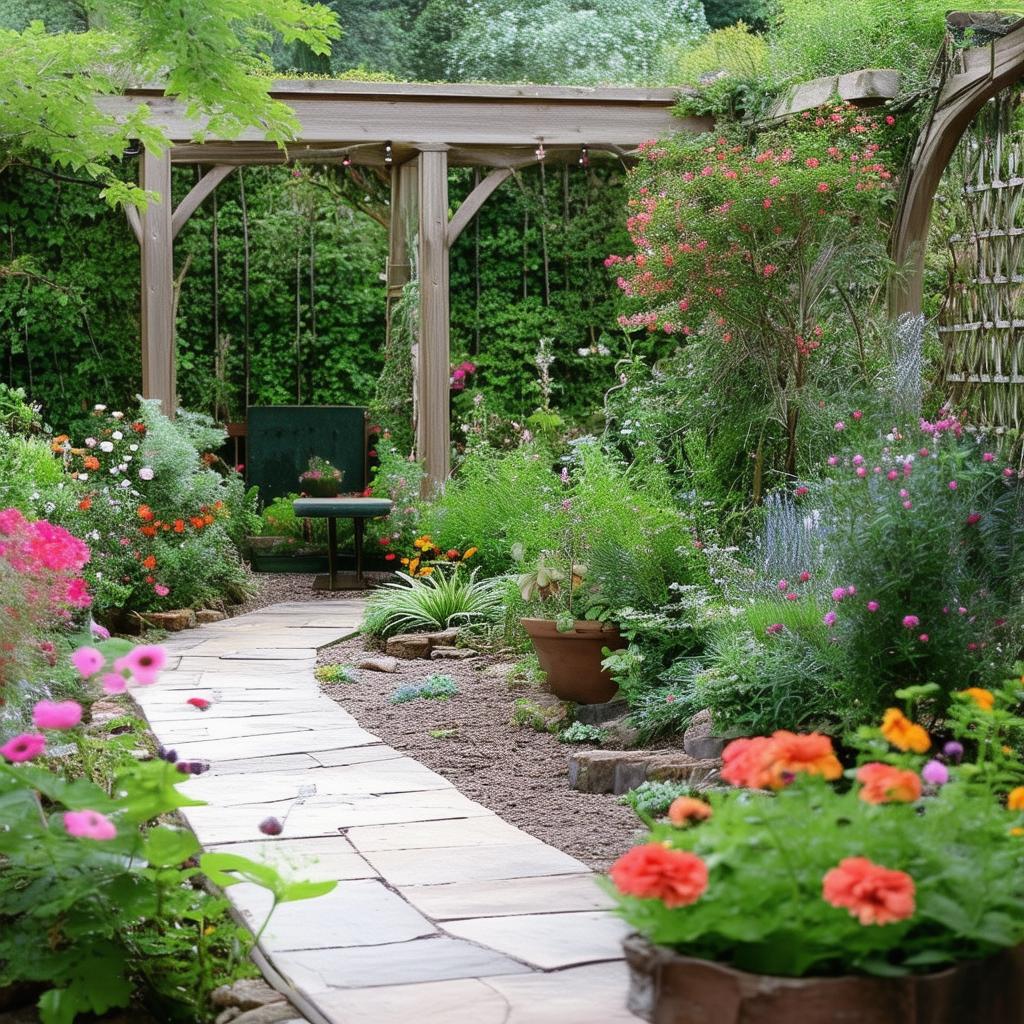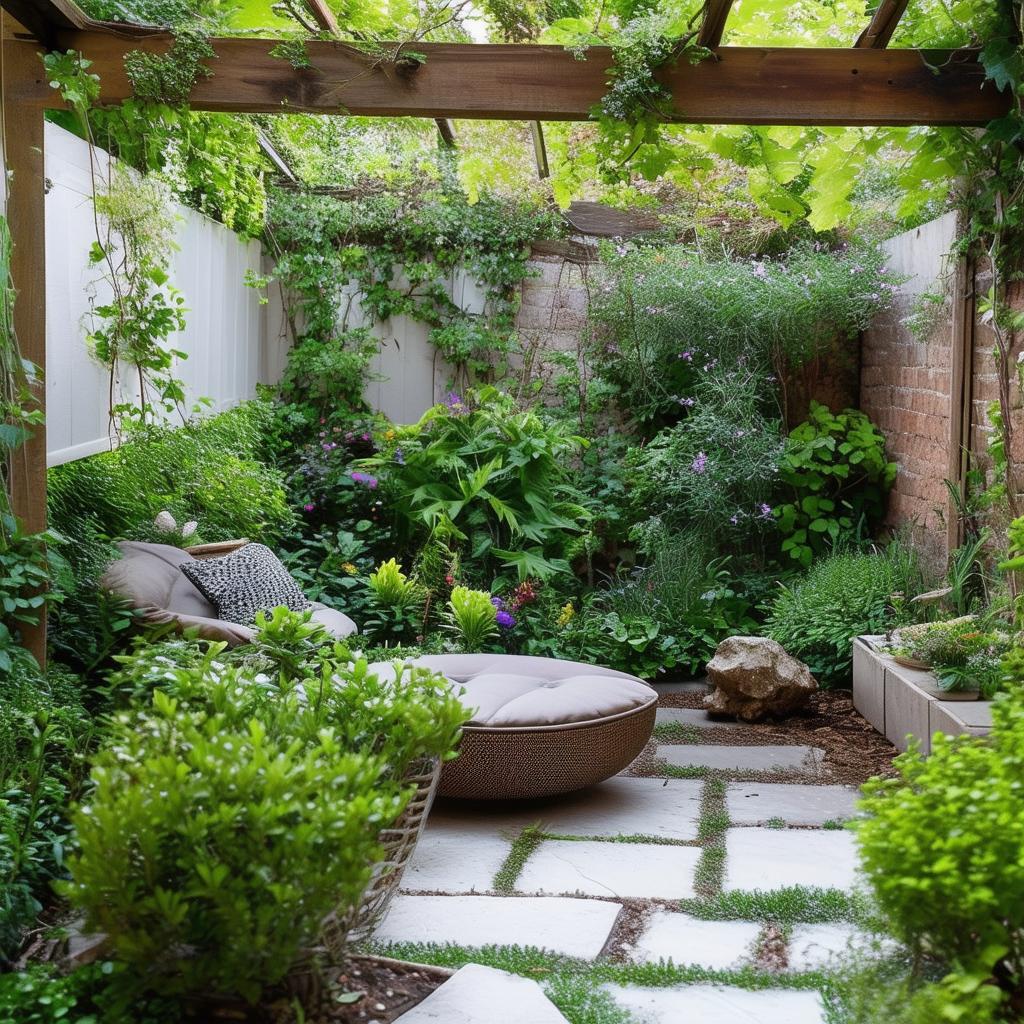The art of gardening is a delicate dance between creativity and practicality. One way to elevate your gardening experience is by designing a raised garden bed layout that not only suits your aesthetic tastes, but also caters to the needs of your plants. In this article, we will explore the ins and outs of creating the perfect raised garden bed layout for your unique space and gardening ambitions. From maximizing space to ensuring optimal plant growth, we’ll guide you through the process of crafting a garden that is both beautiful and functional. Get ready to roll up your sleeves and dig into the world of designing your perfect raised garden bed layout.
Choosing the Right Location for Your Raised Garden Bed
When designing your perfect raised garden bed layout, one of the most important decisions you’ll need to make is choosing the right location. The location of your raised garden bed will play a significant role in the success of your gardening endeavors. Here are a few key factors to consider when selecting the ideal spot for your raised garden bed:
Sunlight: Consider the amount of sunlight the location receives throughout the day. Most vegetables and flowers require at least 6-8 hours of sunlight to thrive. Choose a spot that gets plenty of sun, ideally facing south or west for the best exposure.
Accessibility: Think about how accessible the location is for you to tend to your garden. You’ll want a spot that is easy to reach for watering, weeding, and harvesting. Avoid placing your raised garden bed in areas that are hard to access or far from a water source.
Optimizing Space and Plant Placement for Maximum Growth
Creating a well-designed raised garden bed layout is essential for maximizing the growth of your plants. By strategically organizing the space and placement of your plants, you can optimize sunlight exposure, air circulation, and water distribution for a thriving garden. To start, consider the size and shape of your garden bed to ensure it fits well in your chosen location.
When planning your layout, think about the specific needs of each plant variety you intend to grow. Group plants with similar sun, water, and soil requirements together to make maintenance easier. Consider planting taller plants towards the back of the bed to prevent shading smaller plants and ensure everyone gets their fair share of sunlight.
| Plant Variety | Sunlight Needs | Water Requirements |
|---|---|---|
| Tomatoes | Full sun | Regular watering |
| Lettuce | Partial sun | Frequent watering |
Don’t forget to consider the spacing between plants to avoid overcrowding and allow for proper root development. Use companion planting techniques to maximize the use of space and promote natural pest control. With a well-thought-out raised garden bed layout, you can create a beautiful and productive garden that will flourish throughout the seasons.
Incorporating Aesthetic Features and Personal Touches into Your Design
Incorporating aesthetic features and personal touches into your raised garden bed design can elevate the overall look and feel of your outdoor space. Adding decorative elements such as colorful tiles, mosaic patterns, or even hand-painted designs can give your garden bed a unique and personalized touch. Consider incorporating personalized plant markers or painted stones to add a personal flair to your garden bed layout.
When designing your raised garden bed layout, think about incorporating features that reflect your style and taste. Incorporate elements that speak to your personality, whether that be a rustic, farmhouse-inspired design or a modern, minimalist aesthetic. Adding personalized touches such as a custom-built trellis or decorative fencing can help tie the entire design together and create a cohesive look.
To add a touch of elegance to your raised garden bed layout, consider integrating features such as decorative edging or stylish plant containers. Incorporating elements such as ornate metalwork or intricate patterns can help enhance the visual appeal of your garden bed and create a beautiful focal point in your outdoor space. Experiment with different materials and textures to create a design that is both visually appealing and functional.
To Conclude
As you embark on designing your perfect raised garden bed layout, remember that the possibilities are endless. Whether you choose a simple square design or get creative with different shapes and levels, the key is to prioritize functionality and ease of maintenance. By following these tips and listening to your own gardening instincts, you’ll be well on your way to creating a beautiful and bountiful garden that reflects your personal style and preferences. Happy gardening!


